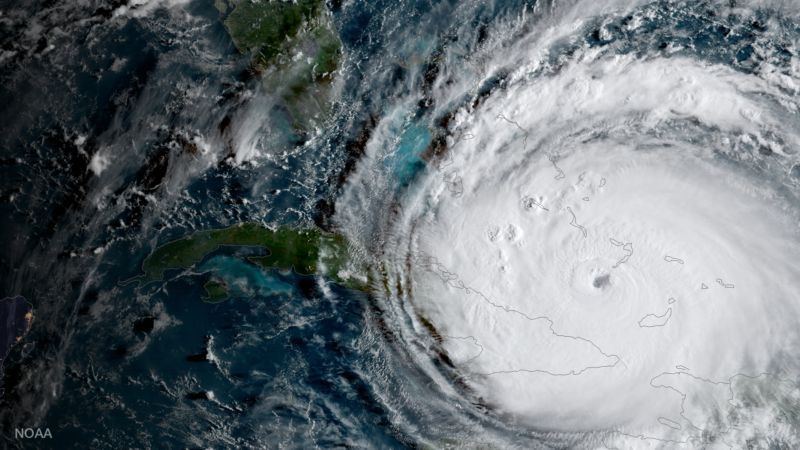
The year is 150 CE. It’s a humid summer day in Muyil, a coastal Mayan settlement nestled in a lush wetland on the Yucatan Peninsula. A salty breeze blows in from the gulf, rippling the turquoise surface of a nearby lagoon. Soon, the sky darkens. Rain churns the water, turning it dark and murky with stirred-up sediment. When the hurricane hits, it strips leaves off the mangroves lining the lagoon’s sandy banks. Beneath the tumultuous waves, some drift gently downward into the belly of the sinkhole at its center.
Nearly two millennia later, a team of paleoclimatologists have used sediment cores taken from Laguna Muyil’s sinkhole to reconstruct a 2,000-year record of hurricanes that have passed within 30 kilometers of the site. Richard Sullivan of Texas A&M presented the team's preliminary findings this month at AGU’s Fall Meeting. The reconstruction shows a clear link between warmer periods and an increased frequency of intense hurricanes.
This long-term record can help us better understand how hurricanes affected the civilization that occupied the Yucatan Peninsula for thousands of years. It also provides important information to researchers hoping to understand how hurricanes react to long-term climate trends in light of today’s changing climate.
No comments:
Post a Comment